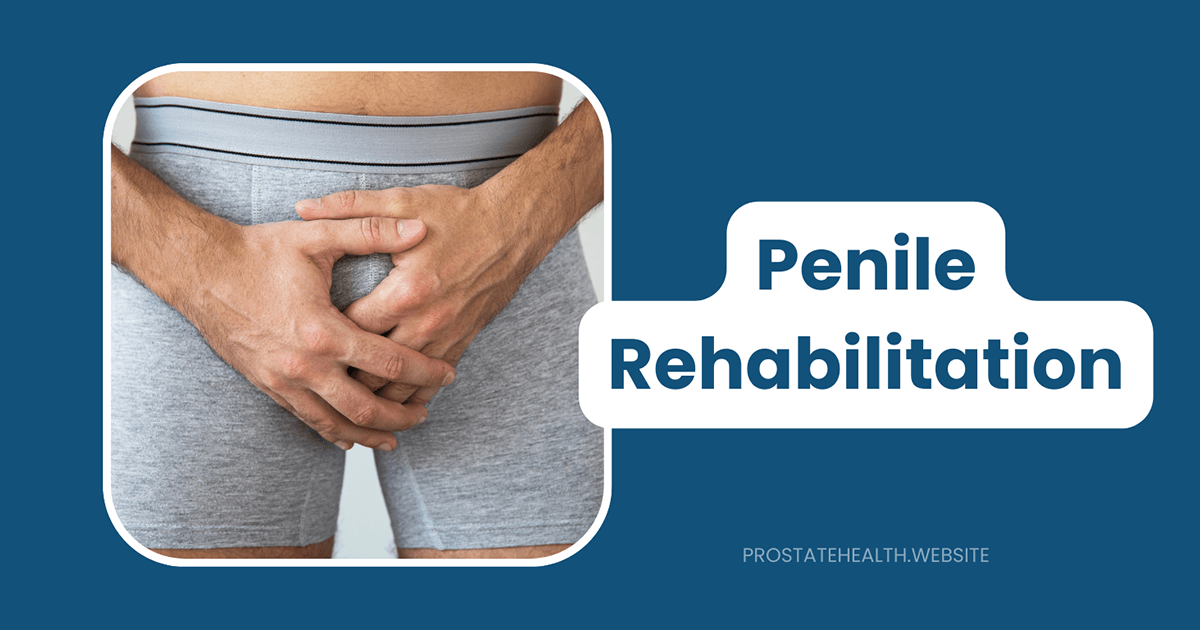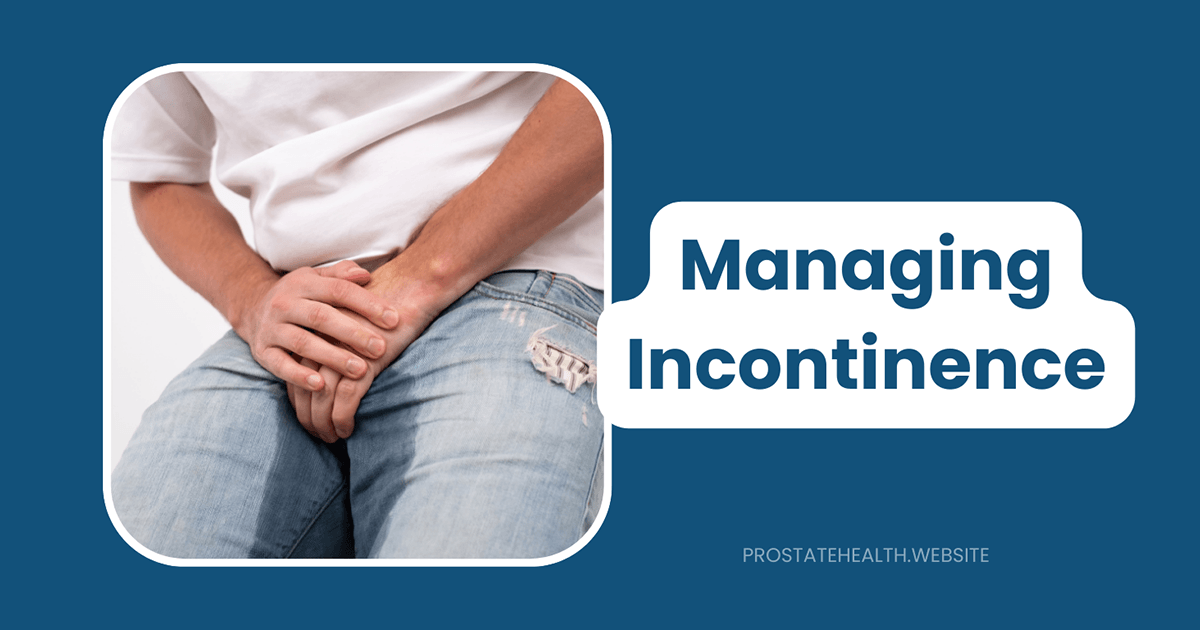Travel Tips for Men with Prostate-Related Urinary Issues

For men dealing with prostate conditions—whether it’s an enlarged prostate (BPH), prostatitis, or recovering from prostate cancer treatment—the thought of traveling can trigger anxiety rather than excitement. The unpredictability of bathroom access, long stretches in transit, and unfamiliar surroundings can make even the most seasoned traveler hesitant to venture far from home.
As someone who’s worked with countless men navigating these challenges, I can tell you that with proper planning and strategies, you can still enjoy traveling while managing prostate-related urinary symptoms. Whether you’re planning a road trip, flying across the country, or embarking on an international adventure, these practical travel tips can help you enjoy your time with greater confidence and comfort.
Understanding How Travel Affects Prostate-Related Urinary Issues
Before diving into specific strategies, it helps to understand why travel can exacerbate urinary symptoms:
- Disrupted routines: Travel often disrupts your normal eating, drinking, and bathroom schedules
- Limited bathroom access: Planes, trains, and remote locations may have restricted bathroom availability
- Stress and anxiety: Travel-related stress can worsen urinary urgency and frequency
- Dehydration: Many travelers reduce fluid intake to avoid bathroom trips, leading to concentrated urine that can irritate the bladder
- Diet changes: Unfamiliar foods and increased consumption of bladder irritants like alcohol and caffeine
Dr. James Wilson, urologist at Charlotte Men’s Health, explains: “Many men with prostate conditions report that their symptoms seem worse during travel. This isn’t just perception—the combination of stress, schedule changes, and altered fluid intake can genuinely intensify urinary symptoms.”
Pre-Travel Preparation: Medical Considerations
Consult Your Healthcare Provider
Schedule an appointment with your urologist or primary care physician at least a month before significant travel:
- Medication review: Discuss whether your current medications are optimal for travel
- Temporary adjustments: Some doctors may recommend short-term medication adjustments for travel
- Travel letter: Request a doctor’s note explaining medical devices or supplies you’ll be carrying
- Prescription planning: Ensure you have enough medication for your entire trip, plus extra in case of delays
Consider Timing Prostate Treatments
If you’re planning elective procedures for prostate conditions:
- Schedule strategically: Allow adequate recovery time before travel
- Understand symptom timelines: For treatments like Rezum water vapor therapy, full benefits may take up to six weeks
- Post-procedure travel: Discuss any travel restrictions following procedures
Mark, a 65-year-old with BPH, shares: “I scheduled my prostate procedure three months before my daughter’s destination wedding. By the time we flew to Hawaii, my symptoms had improved dramatically, which made the 6-hour flight much more manageable.”
Planning Your Journey: Logistical Strategies
Air Travel Tips
Booking Your Flight
- Choose direct flights when possible to avoid multiple takeoffs and landings
- Select aisle seats near bathrooms for easier access
- Consider premium economy or business class for more comfortable seating and better bathroom access on long flights
- Book flights during your “best” hours if your symptoms follow a pattern
Airport Navigation
- Use airport maps to locate bathrooms before security and near your gate
- Allow extra time for pre-flight bathroom visits
- Consider airport lounges for more comfortable and less crowded restrooms
- Request pre-boarding if needed for a quick bathroom visit before other passengers board
Road Trip Strategies
- Map out rest stops along your route before departing
- Plan for stops every 2-3 hours, even if you don’t feel an immediate need
- Consider travel urinals for emergencies (more on these below)
- Take the scenic route that offers more service stations rather than long stretches of highway
Public Transportation Planning
- Research bathroom access at stations and on trains/buses
- Choose seats near bathrooms on trains and buses
- Consider shorter segments rather than long stretches without stops
Managing Fluid Intake While Traveling
Proper hydration is crucial for overall health, but strategic fluid management can help minimize urinary symptoms during travel:
Hydration Strategies
- Front-load hydration: Drink more fluids earlier in the day and less as evening approaches
- Maintain adequate intake: Aim for 1.5-2 liters daily, but spread consumption evenly
- Time your intake: Reduce fluids 2-3 hours before boarding planes or long stretches without bathroom access
- Monitor urine color: Light yellow indicates proper hydration
Beverages to Avoid
- Caffeine: Coffee, tea, and energy drinks can increase urgency and frequency
- Alcohol: Acts as a diuretic and can irritate the bladder
- Carbonated drinks: Can increase urinary urgency
- Citrus juices: May irritate the bladder in some men
James, a 70-year-old managing BPH, notes: “I’ve found that staying well-hydrated actually helps my symptoms, but timing is everything. I drink most of my water before noon when traveling, and I always avoid coffee on travel days.”
Bladder Management Techniques
These techniques can help you gain better control over urinary urgency:
Bladder Training
Start practicing these techniques 2-3 weeks before your trip:
- Scheduled voiding: Urinate at set times rather than waiting for the urge
- Gradually extend intervals: Slowly increase the time between bathroom visits
- Double voiding: After urinating, wait a moment and try again to ensure complete emptying
- Urge suppression: When you feel the urge to go, try these techniques:
- Deep breathing
- Pelvic floor contractions (quick Kegels)
- Mental distraction
- Applying gentle pressure to the perineum
Pelvic Floor Exercises
Strengthening these muscles can improve control:
- Basic Kegels: Contract the muscles you use to stop urine flow
- Hold for 3-5 seconds, then release
- Repeat 10-15 times, three times daily
- Quick flicks: Rapid contract-and-release exercises to help with sudden urgency
Essential Products and Supplies
Having the right products can provide peace of mind during travel:
Incontinence Products
- Absorbent guards: Designed specifically for male anatomy
- Protective underwear: For more complete protection
- Odor-control products: Discreet sprays or drops
- Disposal bags: For discreet disposal of used products
Travel Urinals and Containers
- Portable urinals: Discreet containers with secure lids
- Travel urinals with gelling agents: Convert liquid to gel for easier disposal
- Collapsible urinals: Take up minimal space when not in use
Clothing Considerations
- Dark-colored pants: Less likely to show potential leaks
- Quick-dry fabrics: Dry faster if accidents occur
- Loose-fitting bottoms: Easier to manage in tight bathroom spaces
- Adaptive clothing: Features like side zippers for easier bathroom access
Hygiene Supplies
- Cleansing wipes: For freshening up on the go
- Hand sanitizer: For when soap and water aren’t available
- Extra underwear: Packed in your carry-on or day bag
- Small towel: For emergencies
Tom, a 68-year-old who travels frequently despite BPH, shares: “I was resistant to using incontinence products at first, but having that extra security has actually given me more freedom to travel. I can focus on enjoying my trip rather than constantly worrying about bathroom access.”
Technology to the Rescue
Several apps and websites can help you locate bathrooms wherever you go:
Bathroom Finder Apps
- Flush: Database of public toilets worldwide
- Toilet Finder: User-generated map of restrooms
- SitOrSquat: Restroom finder with cleanliness ratings
- Got to Go: Finds and rates nearby restrooms
Travel Planning Tools
- TripIt: Organize your itinerary with bathroom break planning
- Google Maps: Mark public restrooms along your route
- Waze: Real-time navigation with rest stop information
Destination Considerations
Some destinations are more accommodating than others for men with urinary issues:
Bathroom-Friendly Destinations
- Western Europe: Generally good public bathroom access
- Japan: Known for clean, plentiful public facilities
- Major cruise lines: Bathrooms are never far away
- Resort vacations: Controlled environments with reliable facilities
Challenging Destinations
- Remote wilderness areas: Limited facilities
- Developing countries: May have fewer public restrooms
- Crowded festivals or events: Long bathroom lines
- Extended tours without breaks: Limited bathroom opportunities
Research Before You Go
- Bathroom access at attractions: Many travel guides now include this information
- Cultural norms: Understanding how to ask for bathrooms in the local language
- Medical facilities: Know where to seek help if needed
Special Considerations for Different Types of Travel
Air Travel
- TSA considerations: Be prepared to explain medical devices or supplies
- In-flight strategies: Use the bathroom when the seatbelt sign first turns off and before meal service
- Long-haul flights: Consider an overnight flight when you might naturally sleep
Cruise Travel
- Cabin location: Request a stateroom near public restrooms
- Excursion planning: Research bathroom access at ports of call
- Medical services: Familiarize yourself with onboard medical facilities
Adventure Travel
- Guide communication: Inform your guide privately about your needs
- Equipment considerations: Specialized portable toilets for camping
- Medication storage: Ensure proper storage conditions for medications
Managing Diet While Traveling
What you eat can significantly impact urinary symptoms:
Foods to Limit
- Spicy dishes: Can irritate the bladder
- Acidic foods: Tomatoes, citrus fruits
- Artificial sweeteners: May increase urgency for some men
- Highly processed foods: Can increase inflammation
Bladder-Friendly Choices
- Whole grains: Less irritating than refined carbohydrates
- Non-citrus fruits: Apples, pears, watermelon
- Vegetables: Especially leafy greens
- Lean proteins: Fish, chicken, plant-based options
Dining Strategies
- Research restaurants with bathroom access in advance
- Choose tables near restrooms when possible
- Consider earlier dining times to avoid crowds
Handling Emergencies and Unexpected Situations
Even with careful planning, emergencies can happen:
Communication Phrases
- Learn how to ask for a bathroom in the local language
- Practice phrases like “medical condition” or “emergency” if needed
- Consider a translated card explaining your medical need
Emergency Options
- Hotel lobbies: Usually have accessible restrooms
- Large department stores: Typically have public facilities
- Fast food restaurants: Reliable bathroom access
- Gas stations: Available along most highways
Managing Accidents
- Stay calm: Remember that this happens to many people
- Carry a change of clothes in a discreet bag
- Use family or accessible restrooms for more privacy if needed
- Focus on solutions rather than embarrassment
The Psychological Aspect of Travel with Urinary Issues
The mental aspect of traveling with prostate-related urinary issues is just as important as the practical considerations:
Managing Anxiety
- Visualization: Mentally rehearse successful management of your symptoms
- Relaxation techniques: Deep breathing, meditation, or progressive muscle relaxation
- Focus on enjoyment: Remember why you’re traveling in the first place
Travel Companions
- Communicate your needs: Let trusted companions know about your condition
- Establish signals: Discreet ways to indicate you need a bathroom break
- Educate without oversharing: Help others understand without unnecessary details
Robert, a 72-year-old who recently completed a dream trip to Italy despite BPH, shares: “I almost canceled my trip because of anxiety about managing my symptoms. Instead, I prepared thoroughly and was open with my wife about my concerns. The trip wasn’t without challenges, but the memories we made were absolutely worth it.”
When to Seek Medical Help While Traveling
Know when symptoms require medical attention:
- Inability to urinate: Could indicate urinary retention requiring immediate care
- Blood in urine: May indicate infection or injury
- Severe pain: Not typical of most prostate conditions
- Fever with urinary symptoms: Could indicate infection
Preparation for Medical Needs
- Travel insurance: Ensure coverage for pre-existing conditions
- International healthcare information: Research medical facilities at your destination
- Medication documentation: Carry prescriptions and medication lists
- Doctor contact information: Have your urologist’s contact details available
The Bottom Line
Prostate-related urinary issues don’t have to ground you. With proper preparation, strategic planning, and the right mindset, you can continue to explore the world and enjoy travel experiences. The key is to be proactive rather than reactive—anticipate challenges and have solutions ready before they arise.
Remember that you’re not alone in navigating these challenges. Millions of men travel successfully while managing prostate conditions, and with each trip, you’ll likely discover new strategies that work for your specific situation.
Have you found particular strategies helpful when traveling with prostate-related urinary issues? Share your experiences in the comments below.






